
Wild shores
One of Britain’s richest coastal nature spectacles lies on the edge of North Norfolk at Blakeney Point, where rare sea birds and grey seals flourish. Ranger Ajay Tegala introduces you to a wild wonder of our summer shores
Photos: Kevin Sawford

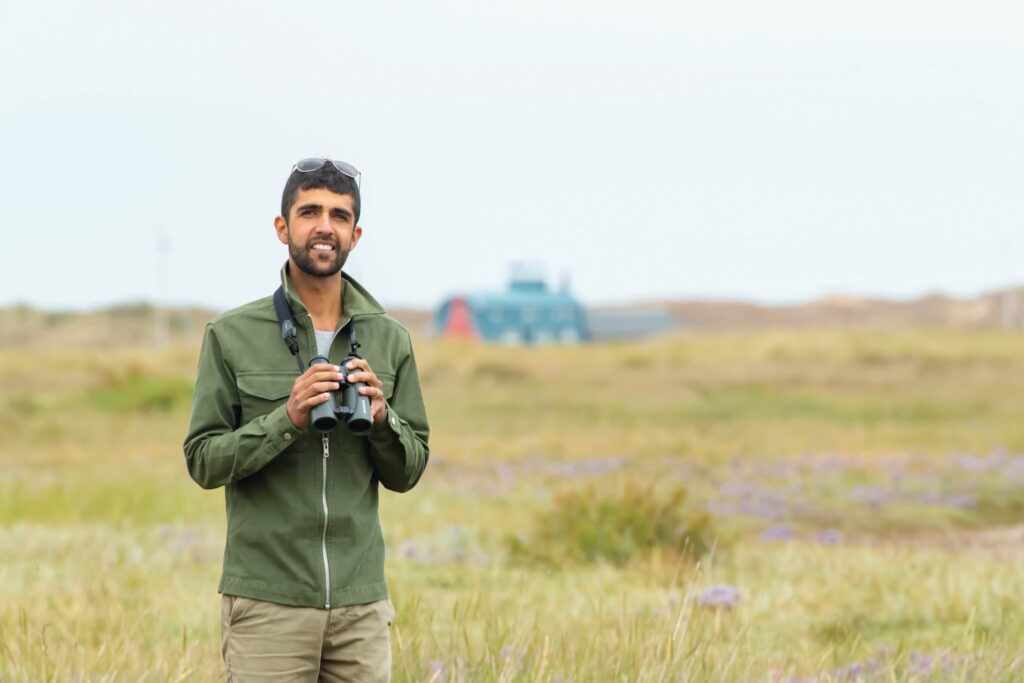
I will always remember my first early-morning boat trip to the very tip of Blakeney Point. We crossed the wide harbour to a narrow shingle spit, where land meets sea and sea meets sky. In high summer, this hook of shingle is often crammed with wild creatures, as marine mammals mingle with aerial acrobats. On that morning, terns dived into the water, emerging with small fish to feed to their hungry chicks, which were gathered in a group on the shoreline, stretching their wings and taking their maiden flights. Next to them, seals snoozed on the sand, their mournful calls almost drowned out by the scratchy cries of terns and screeches of black-headed gulls.
Blakeney Point is all about movement. The tide moving in and out twice daily, shifting the sand and shingle every few hours. Seabirds and seals moving through the water to catch fish, which come in and out of the harbour with the tide. Mudflats and saltmarsh are revealed at low tide, the escaping water drawing back like a curtain, exposing a rich feeding ground for wading birds. Resident redshanks, ringed plovers and oystercatchers probe for molluscs and worms.

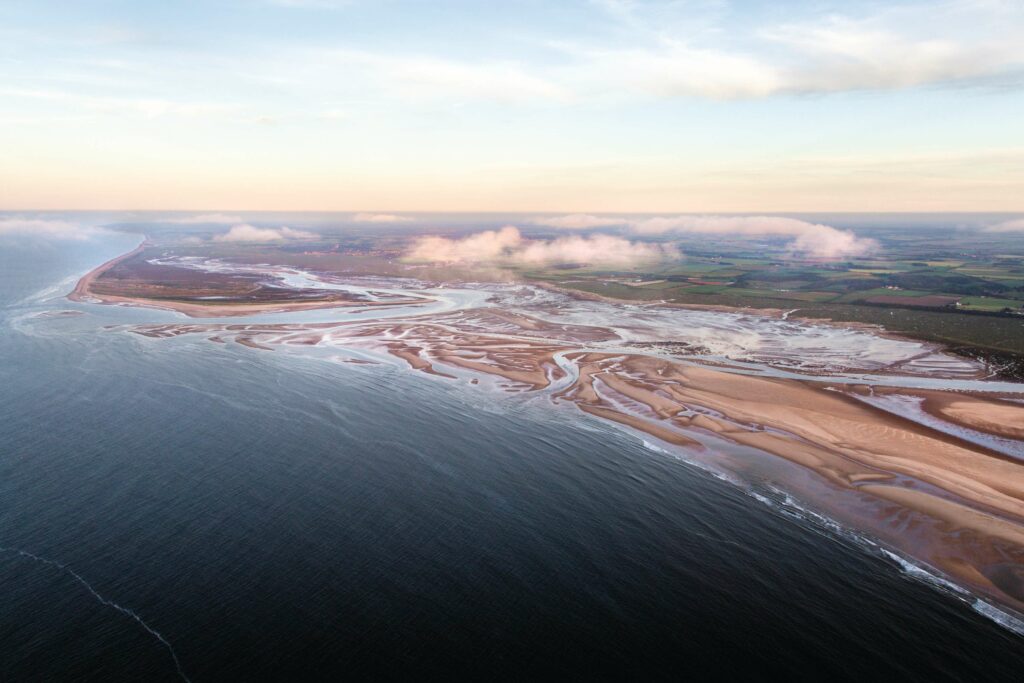
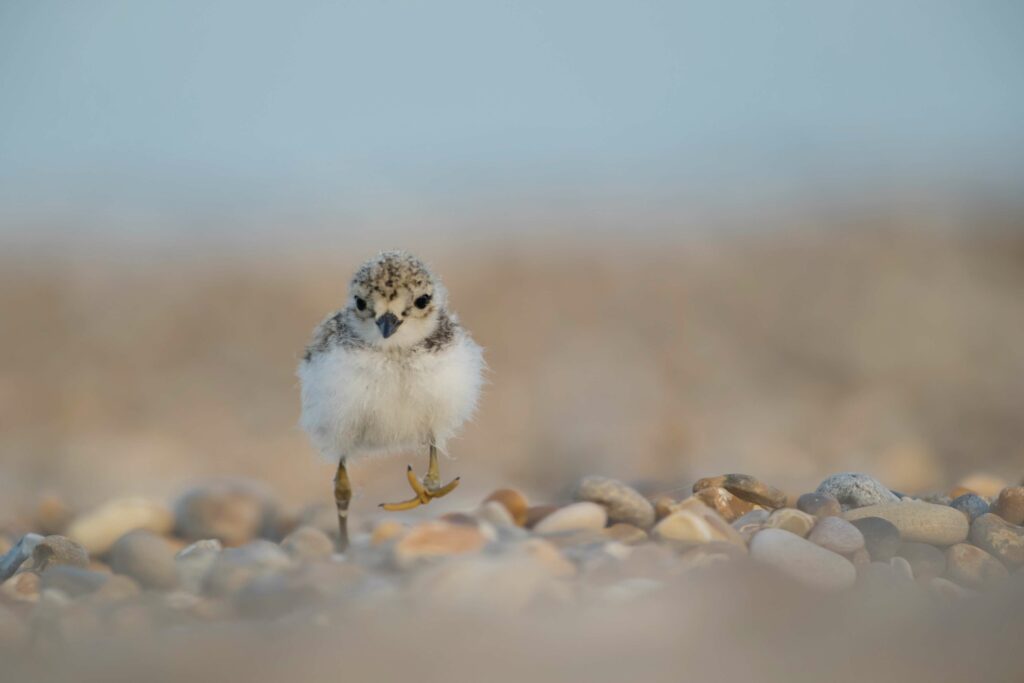
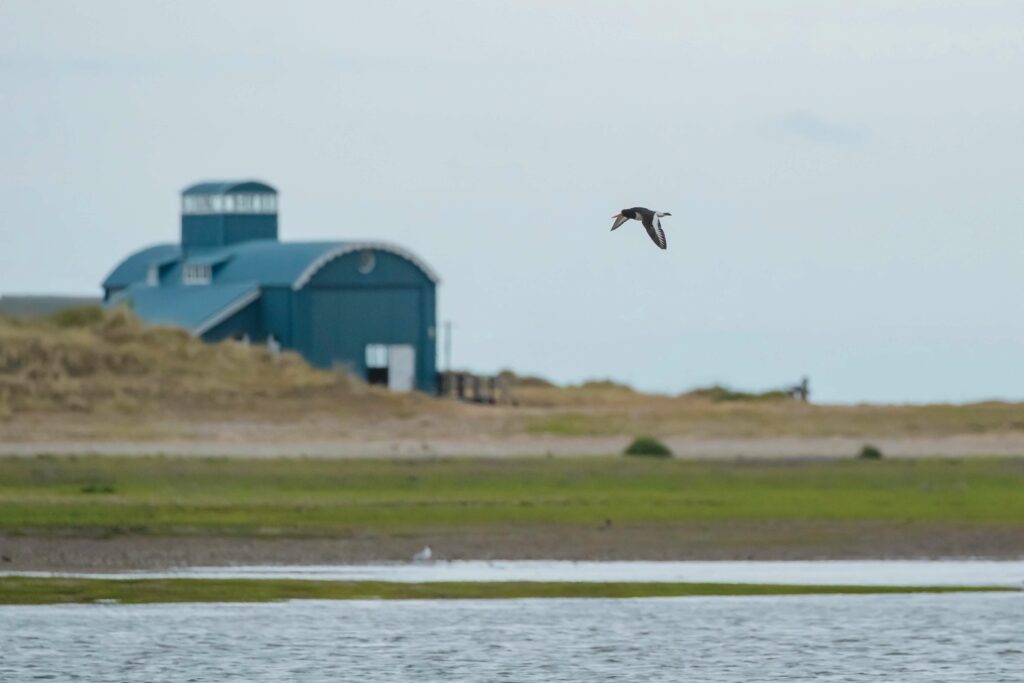
SUMMER’S HIGHLIGHTS
By July, chicks may be seen clumsily learning to run and pulling their first worms. And as August approaches, bird migration picks up and curlews move through on passage, their haunting calls echoing across the landscape.
There’s a changing cast of plants, too. The fleshy green shoots of samphire – or ‘poor man’s asparagus’ – contrast with the greyer leaves of sea purslane on the creek edges. The beautiful mauve haze of sea lavender dominates the marsh in July, although the colour becomes progressively duller throughout the month as tides repeatedly cover it. It’s a harsh place, with all that saltwater, but these plants are well adapted to the environment. On the sand dunes and shingle, plants with long roots help fix the substrate as they search for fresh water beneath the surface. All of these habitats are rare, unique, fragile and extremely precious.
“On the sand dunes and shingle, plants with long roots help fix the substrate as they search for fresh water”
Sand dunes can literally blow away through erosion caused by sea, wind and footfall. So it’s important to preserve these dunes by walking only on the boardwalk as you explore this National Nature Reserve.
From Cley Beach, it’s a three-mile walk on shingle to reach the reserve. The shingle ridge is the breeding ground of three wading birds: avocets, oystercatchers and ringed plovers. All lay their camouflaged eggs in shallow scrapes on the stones, as do the little terns that migrate from Africa. This makes their eggs harder for predators to spot, but also harder for us to see. Keep away from fenced nesting areas and follow seasonal dog restrictions. Little terns are one of our rarest seabirds, so our help is incredibly important.
The shingle spit supports a beautiful flower in the summertime. Yellow horned-poppy has the longest seedpods of any British wild plant. The pods can reach 30cm in length and contain thousands of seeds, which are an important food source for finches later in the year. They are known as the ‘sea poppy’ because of their flowers made up of large, yellow petals. Each flowerhead drops off after around a day.
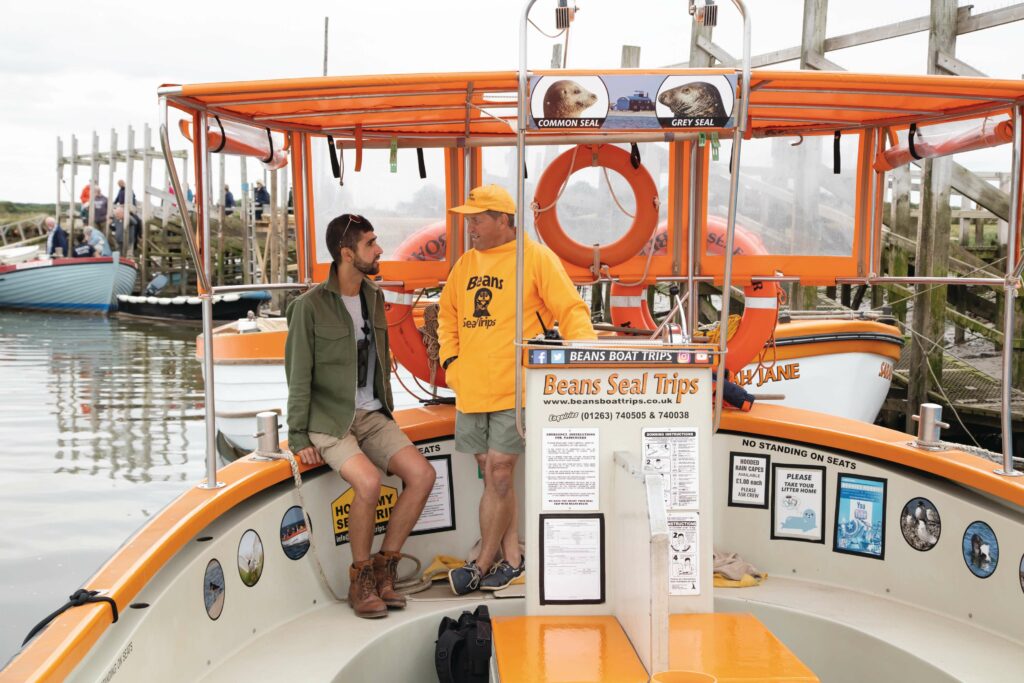
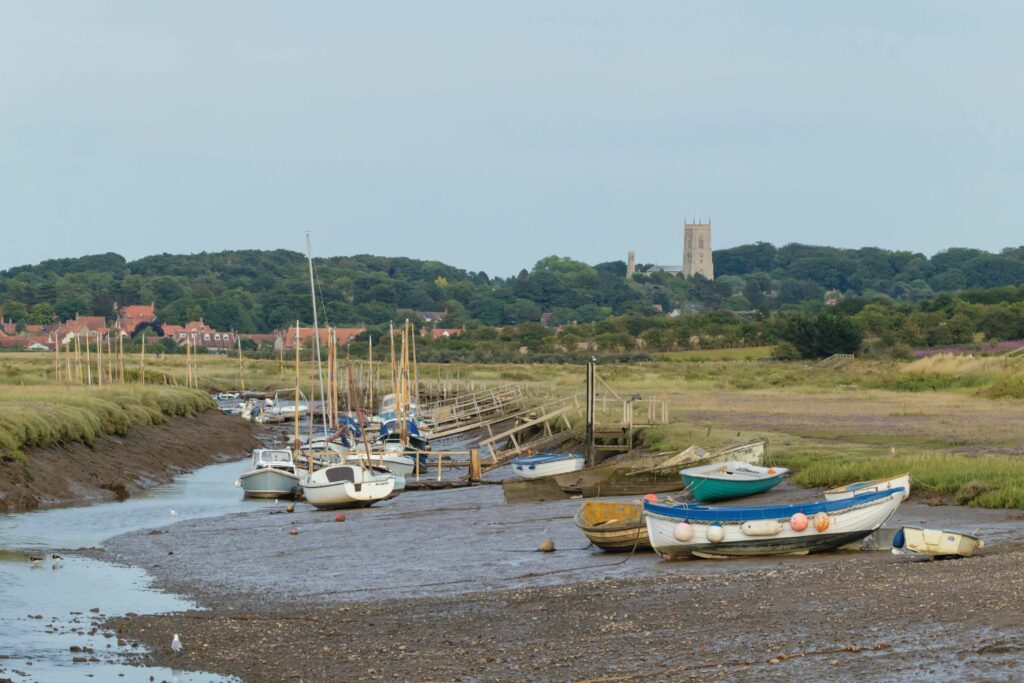
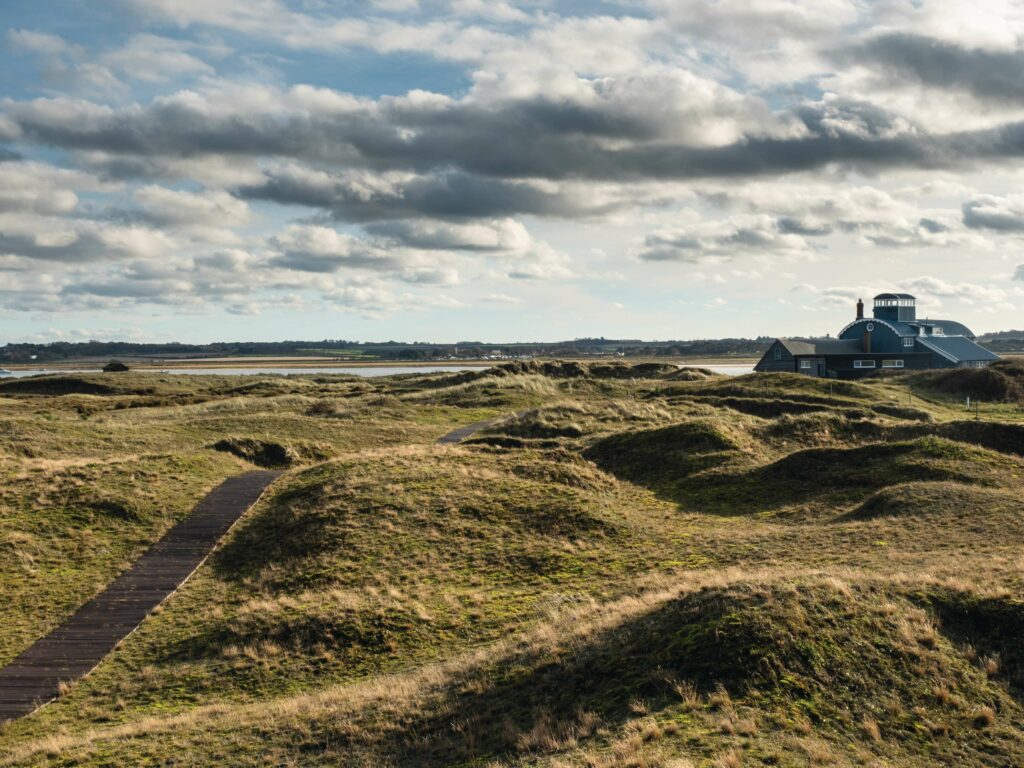
A RANGER’S LIFE
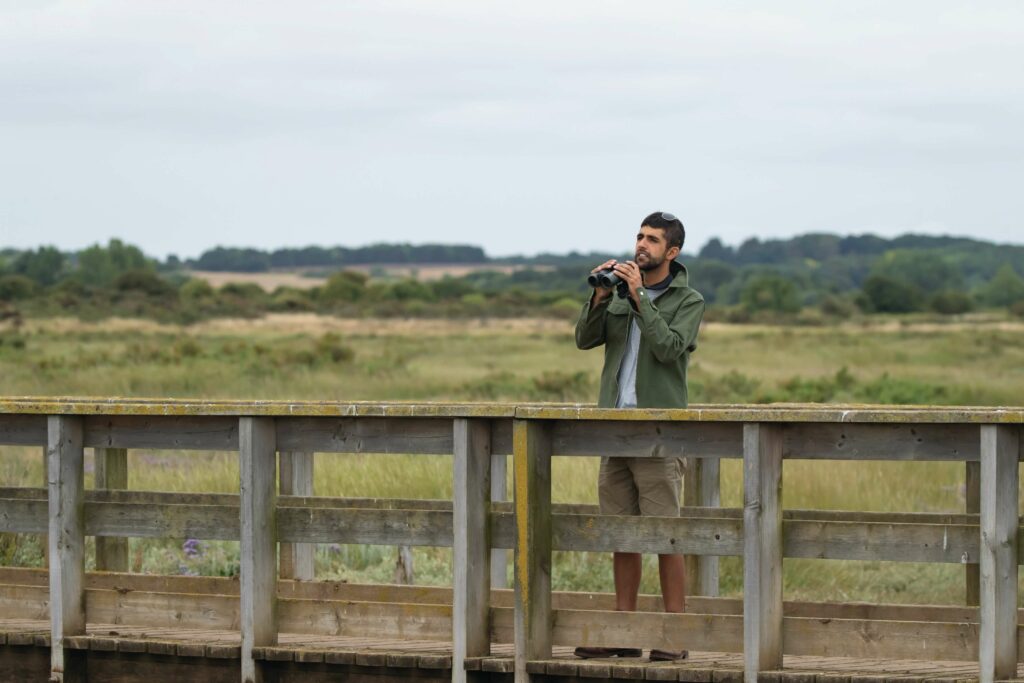
I first visited Blakeney in my teens, on a boat trip with my family. The ground-nesting birds captured my interest, sparking a desire to learn more and help protect them. I took a degree in environmental conservation to help me achieve my dream of becoming a ranger. This involved a placement year, which I did with the National Trust at Blakeney. I helped count seals, protect the nesting terns and engage with the public, from chatting to visitors about the wildlife to guiding school groups through the reserve.
Going on to become a full-time ranger there, I appeared on several TV shows, from Countryfile to Springwatch. Being able to share my passion with a wider audience was exciting. I now work at Wicken Fen in Cambridgeshire, another National Trust reserve. But trips back to the coast are frequent, as I have a lifelong bond with Blakeney.
BLAKENEY BY BOAT
For the rangers, trudging three miles each way on shingle is quite a task. When you’re visiting, the best way, by far, to see Blakeney Point is by boat. Daily trips depart from Morston Quay, times changing with the tides. For generations, these boat trips have been run by local people, such as Jason Bean, who has spent a large part of his life enthusiastically ferrying visitors through Blakeney Harbour, wearing his trusty orange smock.
In an hour, the boat will take you out to the very end of the point and back. And it’s the very tip – Far Point – where the point’s biggest attraction can usually be found.
Seals are wary of people on land, as they bask in the sun, resting and healing any wounds. So visiting by boat enables a much closer encounter, without causing them disturbance or distress.
Both of Britain’s seal species can usually be seen side-by-side, gathering on the sands at Blakeney. Common seals have round, cat-like faces; occasionally pups can be seen in the summertime. Grey seals are larger, with longer, pointier noses and darker, mottled coats. A more recent arrival to Norfolk, they are a northern species and have their pups later in the year. Both species will often swim around the ferry boats, popping their heads out of the water, looking a bit like Labrador dogs and making eye contact with excited visitors, before diving beneath the surface with agility and sometimes a splash. As well as the sight and sounds of seals, you may notice their smell, too: a slightly musty tang with fishy tones.
The adjacent tern colony adds to the fishiness. Tern numbers at Blakeney Point vary greatly from year to year. Some summers, thousands of Sandwich terns nest in a dense colony. Adults do not leave the colony to defecate, so white fish-scented splatters encrust the sand around their nesting site. If the wind is in the right direction, a trip to the point can be an assault of the senses.
Much longer lasting will be the memories of a privileged dip into a wild world, glimpsing life on the edge and gaining an insight into the dramas of both seabird and seal colonies.
FIELD GUIDE TO BLAKENEY IN SUMMER
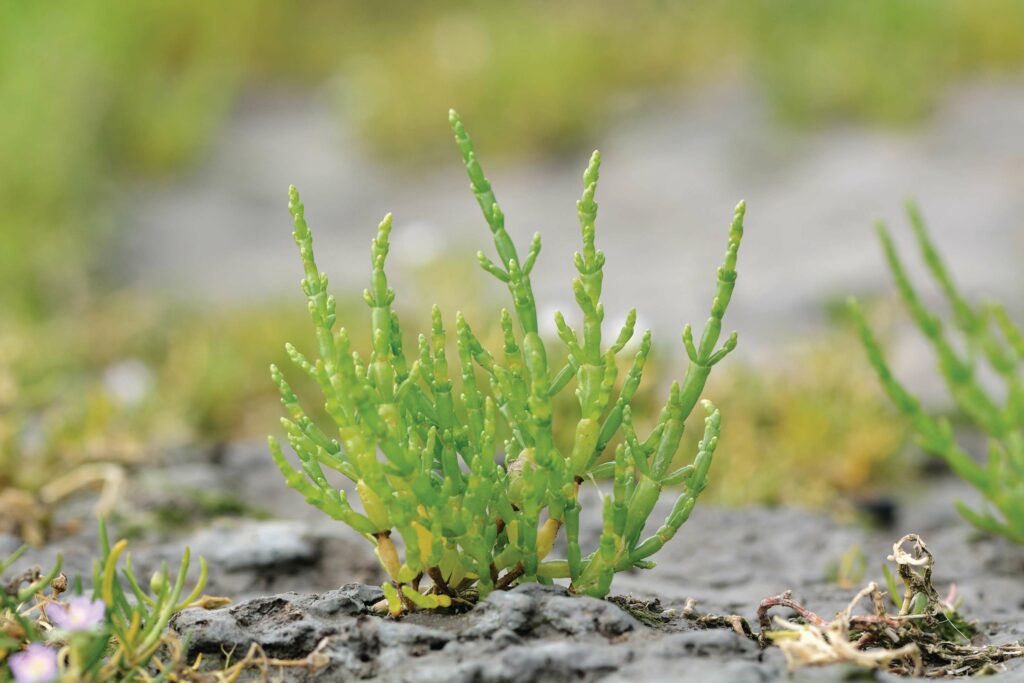
1 Samphire (glasswort)
A local delicacy; look for its fleshy green shoots on saltmarsh edges

2 Grayling
A predominantly coastal butterfly often found on dunes and shingle
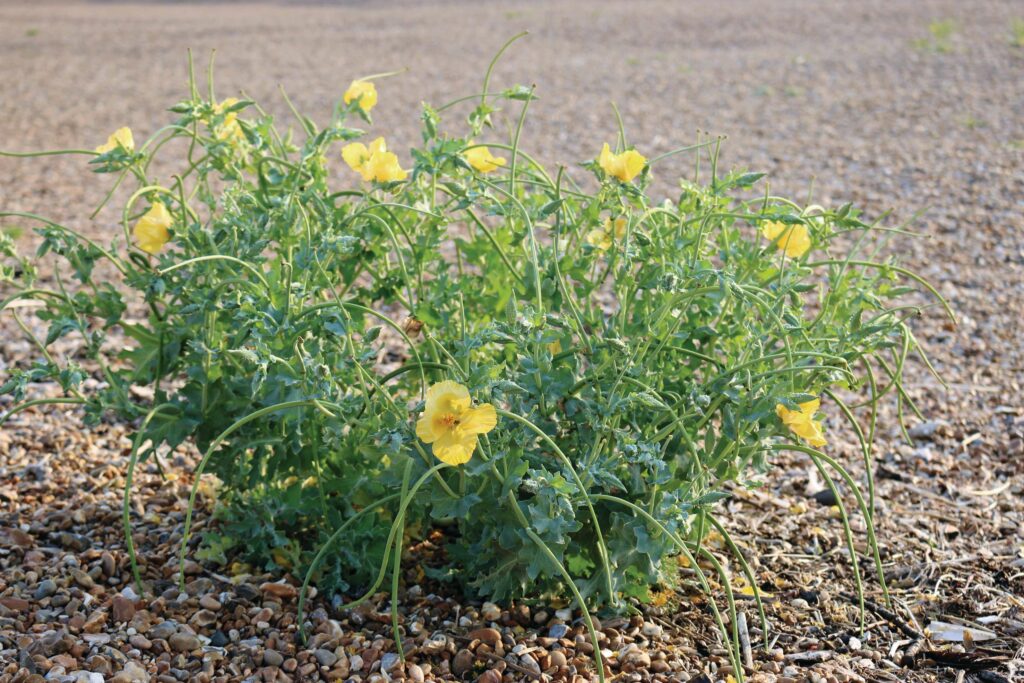
3 Yellow horned-poppy
A plant of the shingle ridge with long seed pods

4 Oystercatcher
These striking, often noisy birds nest on the shingle

5 Common seal
Large numbers of these cute-looking mammals rest on the end of Blakeney Point
TERNS
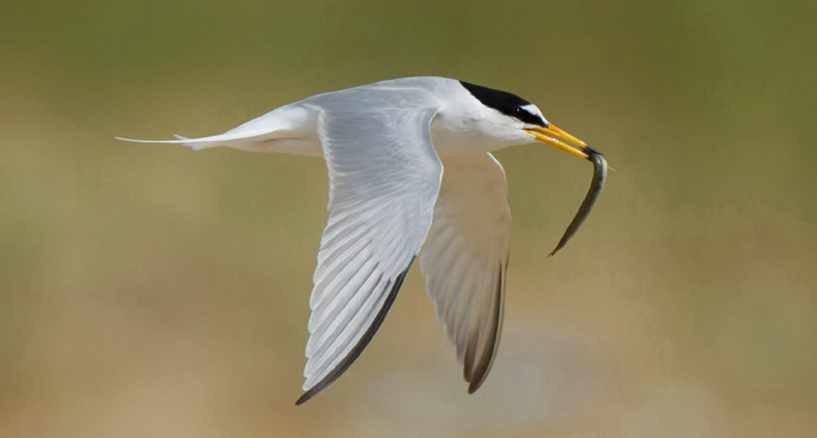
Sometimes mistaken for gulls, terns are an altogether more elegant bird. Although in the same family of seabirds as gulls (Laridae), terns have sharply angular tails and wings. This has earned them the nickname of ‘sea swallows’. Terns nest on the ground, predominantly on beaches, laying one to two eggs, occasionally three, in a shallow scrape. They spend the winter in Africa, undertaking epic migrations each year. Terns plunge-dive to catch their prey, which consists of small fish such as lesser sand eel, young herring, crustaceans and invertebrates. Five tern species nest in the UK, including four at Blakeney Point – common, Sandwich, little and Arctic terns. See our ID guide on page 13.

6 Brown hare
You may be surprised to see this mammal in the sand dunes

7 Common sea lavender
This plant is a spectacle when it turns the saltmarsh purple in summer

8 Grey seal
Britain’s largest sea mammal comes ashore to mate and pup at Blakeney Point in the autumn
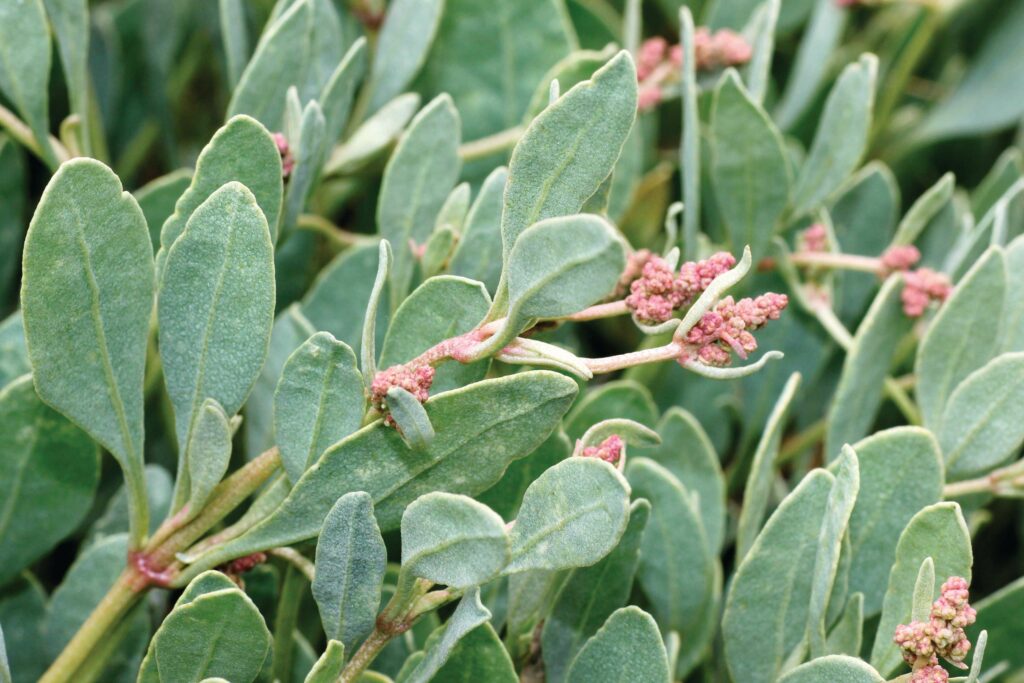
9 Sea purslane
The grey-green leaves of this hardy plant grow along creek edges (see page 64 for more coastal wildflowers)
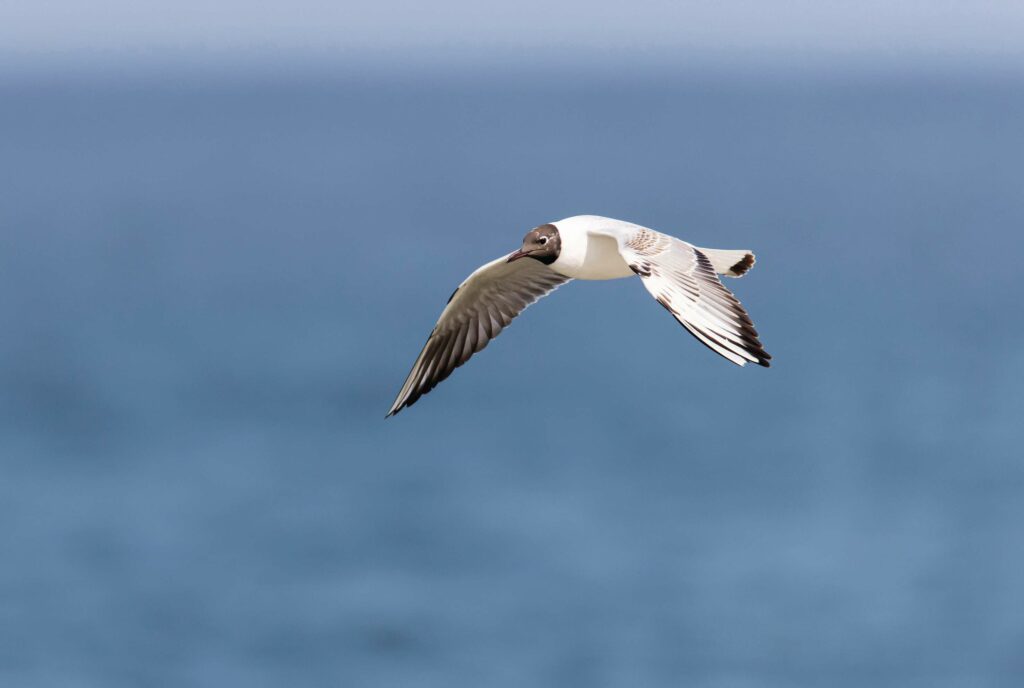
10 Black-headed gull
These small gulls have a harsh, grating call – look out for them flying overhead.
More information
Blakeney National Nature Reserve is open daily, from dawn to dusk. To see the seals, book a boat trip from Morston Quay. nationaltrust.org.uk
Ajay Tegala is a wildlife presenter, conservationist, countryside ranger, naturalist, author. His book The Unique Life of a Ranger is published by The History Press.